The economic and transport connections between the Dominican Republic and Haiti are characterized by a complex mix of challenges and opportunities.
Vectormap.Net provide you with the most accurate and up-to-date vector maps in Adobe Illustrator, PDF and other formats, designed for editing and printing. Please read the vector map descriptions carefully.
- Geographical Proximity:
- The Dominican Republic and Haiti share the island of Hispaniola in the Caribbean. The border between the two countries is approximately 275 miles long.
- Economic Relations:
- Trade Relations: Both countries engage in trade, with the Dominican Republic being a more economically developed nation compared to Haiti. The Dominican Republic exports various goods, including agricultural products, textiles, and manufactured goods, to Haiti.
- Economic Disparities: Haiti is one of the poorest countries in the Western Hemisphere, while the Dominican Republic has a relatively more stable economy. The economic disparities between the two nations contribute to certain challenges in their relationship.
- Transportation Connections:
- Road Infrastructure: There are multiple border crossings between the Dominican Republic and Haiti, with roads connecting major cities on both sides. The most significant border crossing is at the town of Jimani in the Dominican Republic and Malpasse in Haiti.
- Challenges in Transportation: The condition of roads and transportation infrastructure, especially on the Haitian side, has been a significant challenge. Poor road conditions can hinder the movement of goods and people between the two countries.
- Migration and Labor:
- Labor Movement: There is a considerable movement of people between the two countries. Many Haitians have sought job opportunities in the Dominican Republic, contributing to the workforce in various sectors, including agriculture and construction.
- Migration Challenges: The migration of Haitians to the Dominican Republic has sometimes led to social and political tensions. Issues related to documentation, work permits, and the legal status of Haitian migrants have been points of contention.
- Humanitarian Aid and Cooperation:
- Natural Disasters: Both countries are vulnerable to natural disasters such as hurricanes and earthquakes. In times of crisis, there is often international humanitarian aid that flows through the Dominican Republic to reach Haiti.
- Cultural and Historical Ties:
- Shared History: The Dominican Republic and Haiti share a complex history, including periods of conflict and cooperation. Cultural ties, including language (Spanish and French-based Creole), also play a role in shaping their relationship.
- Governmental Relations:
- Diplomatic Relations: Diplomatic relations between the two countries have been marked by periods of cooperation and tension. Governments on both sides have engaged in discussions to address common challenges and foster collaboration.
- Tourism:
- Tourist Flows: The Dominican Republic is a popular tourist destination in the Caribbean, attracting visitors from around the world. While tourism in Haiti is not as developed, there have been efforts to promote it, and some tourists may visit both sides of the island.
In summary, the economic and transport connections between the Dominican Republic and Haiti are influenced by a combination of geographical proximity, economic disparities, historical factors, and ongoing challenges. Efforts to address issues related to transportation infrastructure, trade, and migration have the potential to strengthen the relationship between the two nations.

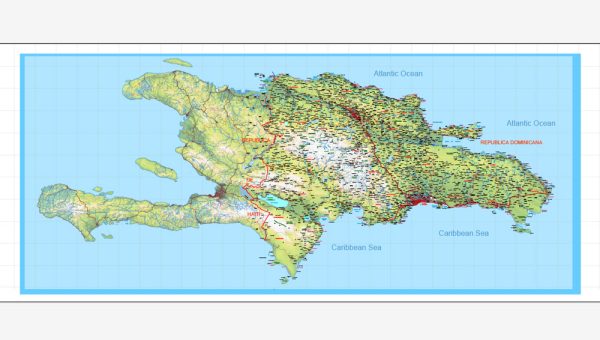
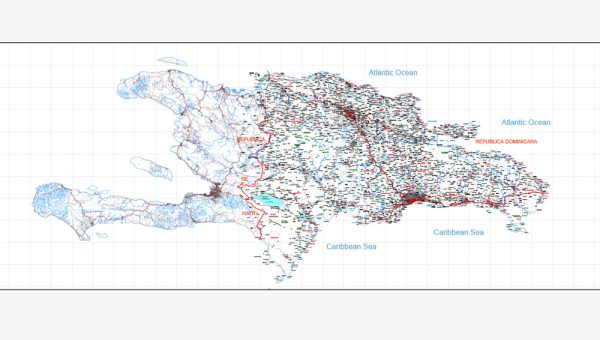
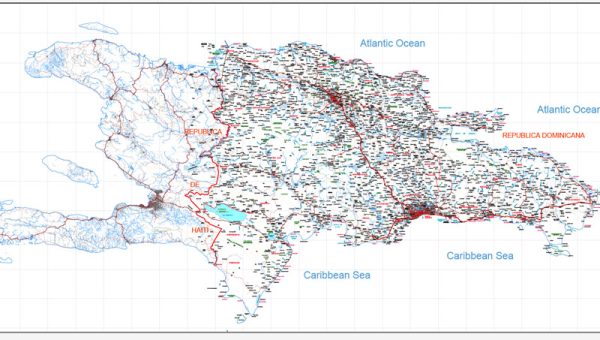
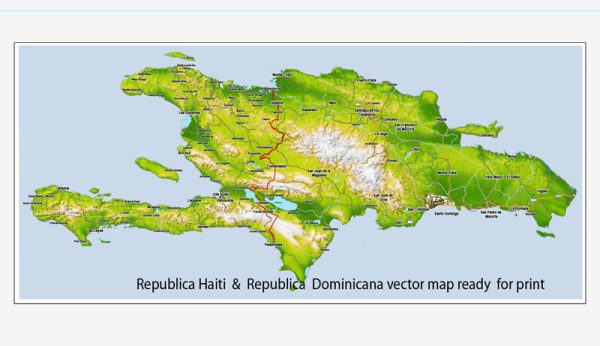
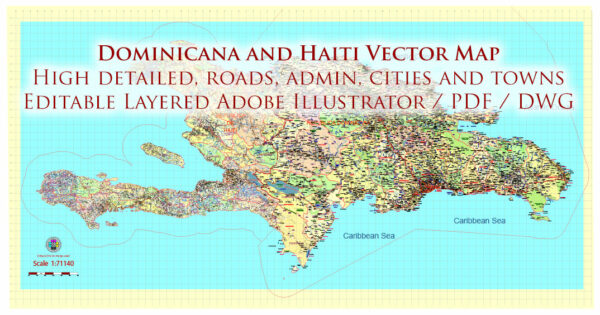
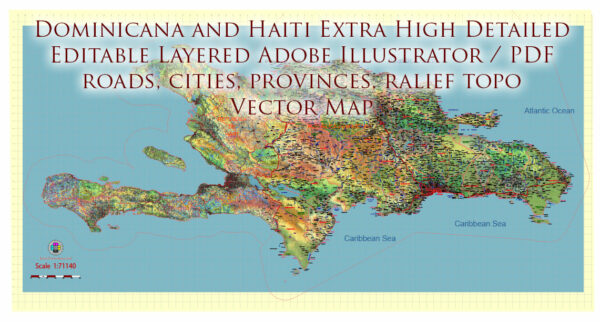
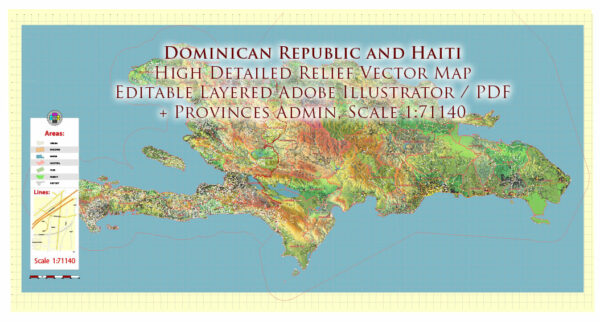
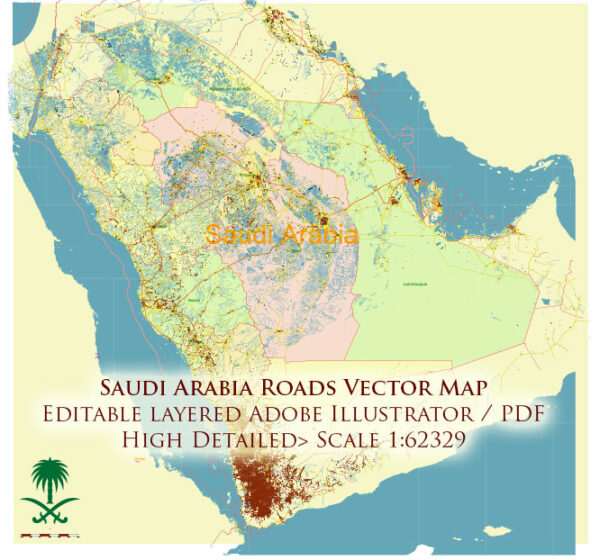
 Author: Kirill Shrayber, Ph.D.
Author: Kirill Shrayber, Ph.D.